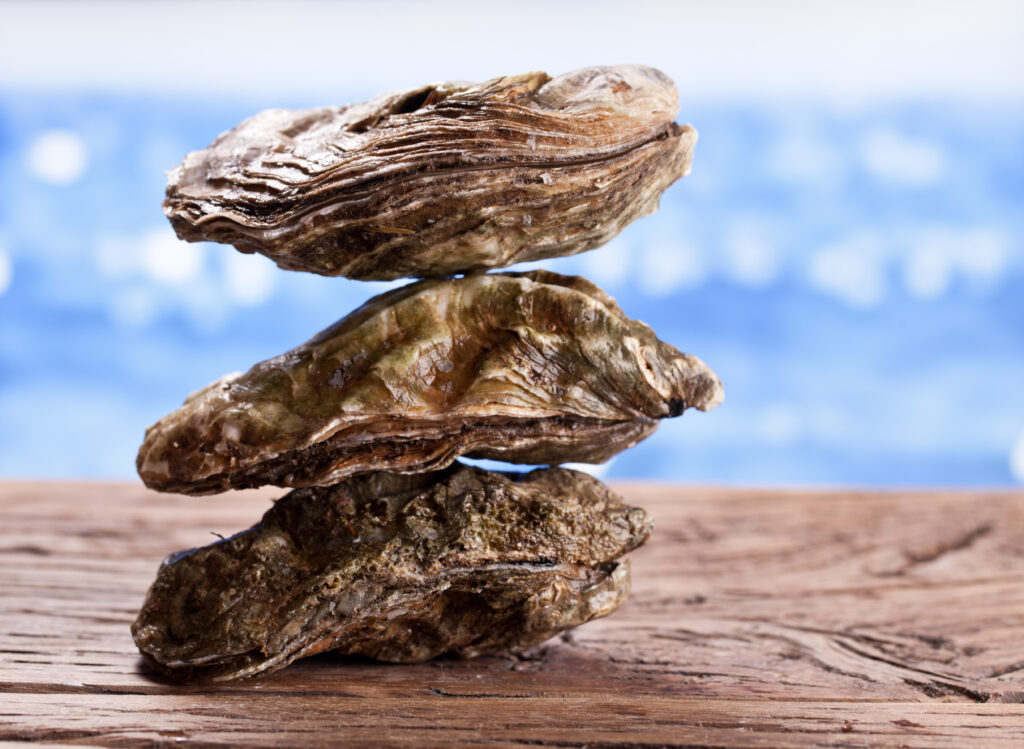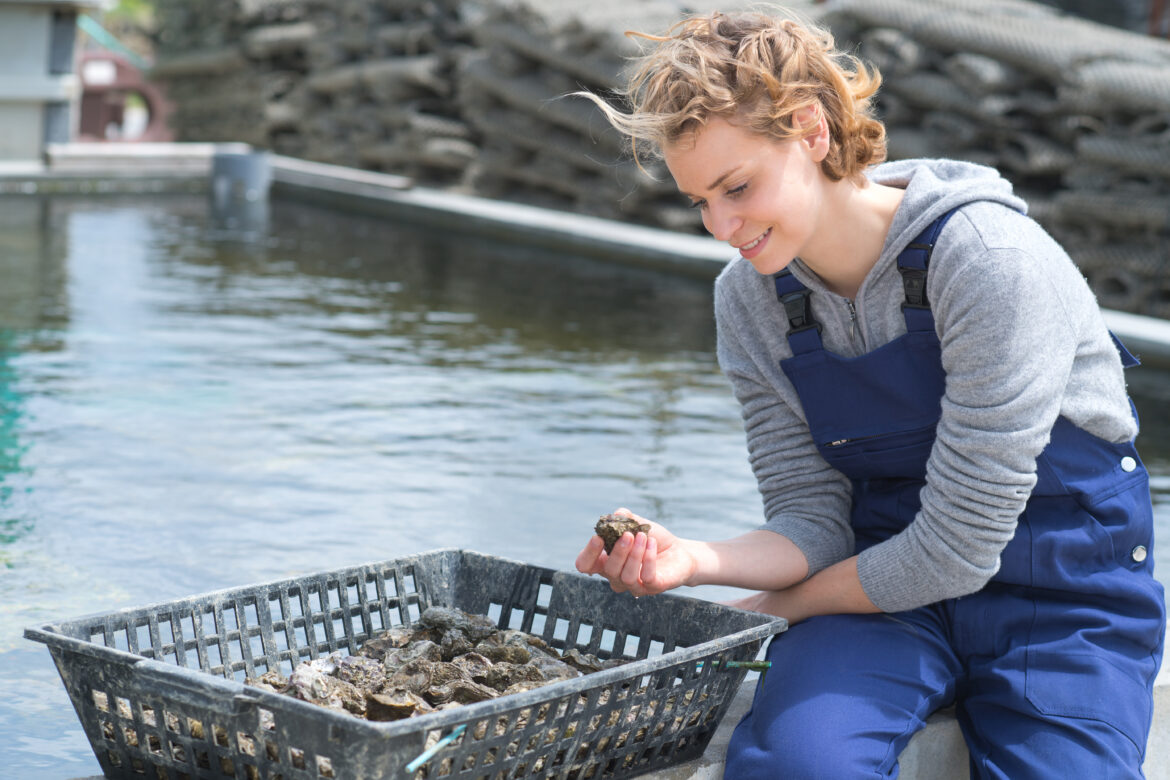Environmentalists have long struggled to save the world’s oceans from the perils of overfishing, climate change, and pollution. What if we have it backward? What if the question is not how we can preserve the wildness of our oceans, but how the oceans can be developed to protect themselves and the planet? Small-scale ocean farms have the potential to provide sustainable food and biofuel, while oysters filter nitrogen pollution and seaweed sequesters carbon dioxide. This is regenerative agriculture – but in the ocean.
Ocean farming is not a modern innovation. Once a sustainable practice, aquaculture has devolved into monolithic factory farms known for their low-quality fish treated with antibiotics and fungicides that pollute local waterways. But now, a growing group of ocean farmers and scientists are charting a different course—developing small-scale farms where complementary species are cultivated to provide food and biofuel, clean up the environment, and slow down climate change. The anchor crops of green ocean farms are seaweed and shellfish, two organisms that may well be Mother Nature’s Rx for global warming.
Seaweed pulls carbon from the atmosphere and the water, with some varieties capable of absorbing five times more carbon dioxide than land-based plants. Seaweed farms also have the capacity to grow massive amounts of nutrient-rich food and provide a clean replacement for biofuels. Companies like Ocean Rainforest are even offering their sustainably grown seaweed to food and cosmetic producers.
Among other benefits, oysters filter nitrogen out of the water column. These farms provide habitats for other species and can soften some of the impacts of climate change, such as large waves, flooding, and erosion.
Oyster Farm in France
Oyster farming can even be implemented in urban areas.
For a century, New York City was considered the oyster capital of the world. Hundreds of square miles of oyster reefs filled the NYC harbor, providing food to the Lenape people and filtering the estuary waters. In fact, Ellis Island used to be called “Little Oyster Island,” while Liberty Island was called “Great Oyster Island.” We can still walk on Pearl Street today. Unfortunately, due to overharvesting and deteriorating water quality, NYC’s last oyster bed shut in 1927.
Inspired by the growing body of research supporting oyster farming and driven by the need to fight climate change, Murray Fisher and Pete Malinowski established Billion Oyster Project in 2014 to help restore reefs in the harbor. The organization has already engaged over 8,000 students to restore 47 million oysters in harbor waters. By 2035, they hope to reach one billion oysters, and with a sustainable action plan, they may very well do just that. So far, they have established fifteen reefs across the five boroughs, many of which are easily accessible by the public. You can even volunteer at their Governor’s Island location. Watch their recent segment on the Today Show here!

Seaweed and oysters are lesser known for their environmental benefits than innovative technology like solar panels and windmills. Nevertheless, they remind us that many of the solutions to sustaining a healthy planet are given to us by nature itself. Working with what we have can make all the difference.
 Food
Food Farmers
Farmers Sustainable Living
Sustainable Living Living Planet
Living Planet News
News